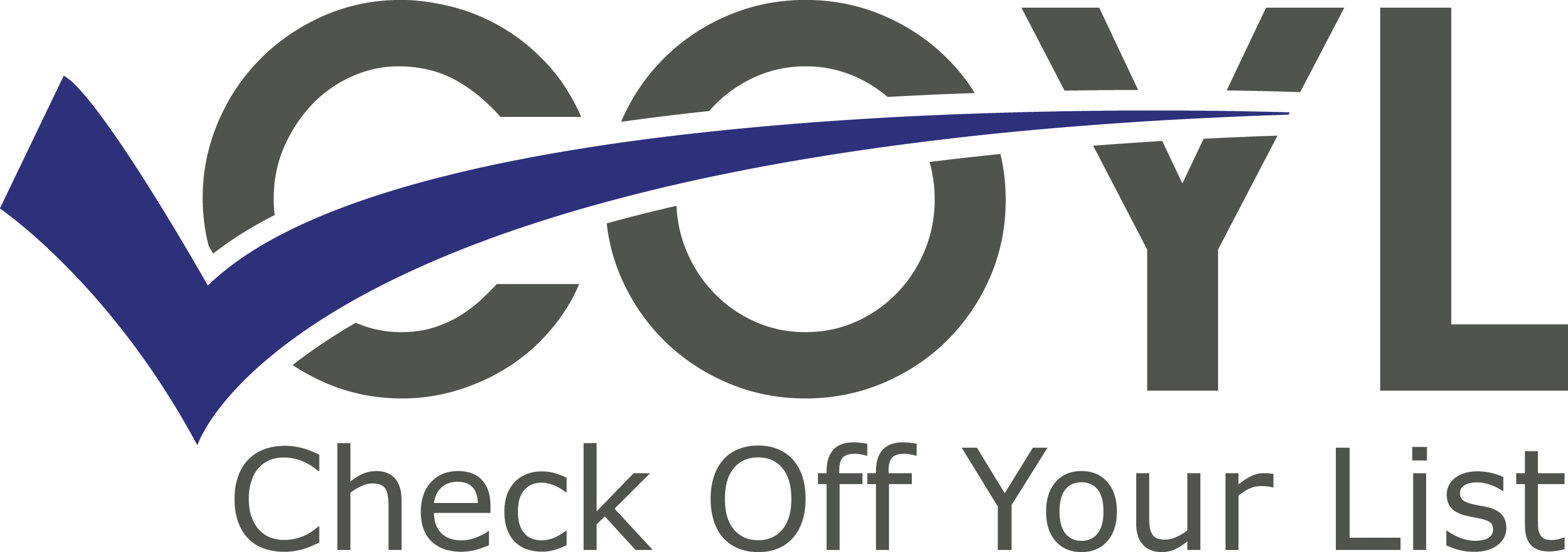Headcount planning is about balancing successful operations and meeting sales needs. The workforce requires enough staff to work efficiently, maintain employee satisfaction, and provide quality results. Sales, however, require flexibility to adjust to changes in the market and customer needs. Maintaining staffing levels that match sales goals and business plans can be tricky. Accurate planning involves looking at current and future sales, employee turnover, and any skills that might be helpful to add. This helps organizations be ready to expand in a way that makes sense while keeping costs and resources in check.
Understanding Workforce Capacity Management
Workforce capacity management is about ensuring you have the right number of employees to meet your business needs. It’s a balancing act that involves planning, monitoring, and adjusting your workforce to align with your sales and operational demands.

Steps in Headcount Planning
Assessing Current Workforce Capability and Future Needs
Before making any hiring decisions, take stock of your current workforce. Evaluate their skills, competencies, overall workload, and performance. Consider whether they have the capacity, both in terms of time and energy, to manage any potential increase in responsibilities.
Engaging in open discussions with your team can provide valuable insights into their readiness for additional tasks and help you identify gaps that need to be addressed before bringing new talent on board. This thorough assessment will ensure you make informed hiring choices that align with your team’s capabilities and the organization’s goals.
Assessment Steps:
- Review employee performance and productivity: This involves analyzing individual contributions and overall team dynamics to understand strengths and areas for improvement.
- Identify skills gaps in your current team: By assessing the existing skill set, you can pinpoint specific areas where training or new talent is needed to meet organizational goals.
- Forecast future business needs based on sales projections: This requires examining market trends and anticipated growth to determine if your team can handle upcoming challenges and opportunities.
Creating a Strategic Hiring Plan Aligned with Sales Targets
Once you clearly understand your needs, create a comprehensive strategic hiring plan. This plan should outline the specific positions you need to fill and detail the skills and qualifications required for each role. Take a look at the unique contributions these hires will make to your team and how they will align with your overall business objectives.
Identify how these new team members will help you meet your sales targets. Will they enhance customer service? Drive product development? Expand your market reach?
A well-structured hiring plan can serve as a roadmap for building a solid and effective team that supports your growth ambitions.
Elements of a Strategic Hiring Plan:
- Job Clarity: A detailed list of required positions and job descriptions ensures that all necessary roles are clearly defined, making it easier to identify suitable candidates who fit the company’s needs. Each job description should outline essential skills, responsibilities, and qualifications to attract suitable applicants.
- Hiring and Onboarding Timeline: Establishing a timeline for hiring and onboarding new employees helps streamline the recruitment process, ensuring that new hires integrate smoothly into the company. This timeline should account for all stages, from job posting to interviews, and include a structured onboarding plan to facilitate a quick adjustment period.
- Recruitment Budgeting: Allocate funds for recruitment and salaries to manage financial resources effectively while attracting top talent. The budget should outline the costs associated with recruitment efforts, such as advertising, agency fees, and salaries, to ensure that hiring aligns with the organization’s financial goals.

Considerations for Flexible Staffing Solutions
Sometimes, there are better options than hiring full-time employees for a business, especially when facing fluctuating workloads or specific project demands. In such cases, flexible staffing solutions like part-time or temporary hires should be considered. These options allow you to effectively meet short-term needs while avoiding the long-term financial commitments of full-time employment.
By tapping into a diverse talent pool, you can ensure that you have the right skills on hand while keeping your budget manageable, making it easier to adapt to changing circumstances and maintain operational efficiency.
Flexible Staffing Options:
- Part-Time Employees: These workers are essential for managing peak periods when business demands increase. They offer a cost-effective solution, allowing you to adjust labor costs according to workload without the commitment of full-time employment. Part-time employees can bring valuable skills and experience, helping to maintain productivity during busy times while providing flexibility in their work-life balance.
- Temporary Hires: Ideal for project-based work or seasonal spikes, temporary hires provide the agility needed to respond to fluctuating demands. They can be brought on board quickly to assist with specific projects or during busy seasons, such as holidays or sales events. This approach reduces the risk of overstaffing during slower periods and allows companies to access a wider talent pool without long-term commitments.
- Freelancers and Contractors: These professionals are perfect for specialized tasks that require specific expertise or skills that may not be available in-house. By engaging freelancers or contractors, businesses can tap into diverse talents for short-term projects or ongoing needs without the overhead associated with full-time employees. This flexibility can lead to higher-quality output and innovative solutions, allowing organizations to scale their workforce as needed.
Conclusion
Hiring the right people at the right time is crucial for sustaining your business growth. Effective workforce capacity management ensures you can meet your operational demands without overburdening your existing team or overspending on salaries.
By analyzing your sales data, identifying operational bottlenecks, and keeping an eye on customer service metrics, you can make informed decisions about when to hire. And remember, creating a strategic hiring plan and considering flexible staffing solutions can help you manage your headcount more efficiently.
Don’t wait until you’re overwhelmed—start planning your workforce needs today. Leverage HR services and data analytics to enhance your hiring process. Get started HERE and keep your business on the path to success!
Every great business is built on a strong team. Make sure yours is ready to support your growth!





